In the quest to protect the endangered North Atlantic right whale, scientists have turned to innovative technologies to bridge the gap between human understanding and the secretive lives of these majestic marine mammals. At the heart of this scientific endeavor is the use of drones, a tool that has transformed the way researchers like Heather Foley and her team at the Northeast Fisheries Science Center monitor and document the whales’ journey to their calving grounds.
The Power of Drones in Marine Research
The introduction of drones into marine conservation has marked a significant shift in how scientists study Wildlife. In the case of Fenway, a 28-year-old North Atlantic right whale, and her new calf, drones have provided a window into their world with minimal intrusion. These unoccupied aircraft systems allow researchers to capture detailed imagery and data from a safe distance, ensuring the whales remain undisturbed by human presence.
Drones equipped with advanced features, such as 3-D printed legs for easier hand-catching from boats and laser altimeters for precise measurements, have made it possible for Foley’s team to gather critical information. This includes assessing growth rates of calves and the health of individual whales more accurately and effectively than ever before. The ability to hand catch and release drones while operating from small boats like the R/V Selkie demonstrates the adaptability and efficiency of drones in varied research environments.

Enhancing Collaboration and Drone Data Collection
The use of drones extends beyond mere observation; it facilitates a comprehensive approach to conservation through collaboration with regional partners, including the Florida Fish and Wildlife Conservation Commission. By combining drone imagery with vessel-based biopsy sampling, scientists can conduct a suite of studies, from genetics to hormone analyses. This multi-faceted data collection approach, made feasible by drones, is pivotal in understanding the complex lives of right whales and formulating strategies for their survival.
Cost-Effectiveness and Safety
Beyond their scientific capabilities, drones offer a cost-effective and safe alternative to traditional research methods. The financial and logistical challenges of conducting marine research are well-documented, with manned aircraft and large vessels often involving significant costs and higher risks. Drones, on the other hand, allow for a more efficient allocation of resources, enabling frequent and flexible monitoring sessions that would be prohibitively expensive or risky otherwise.
A Hopeful Horizon for Right Whales
As Fenway and her calf navigate the waters of their calving ground, the use of drones by Foley and her team underscores a hopeful future for North Atlantic right whale conservation. This technology not only brings scientists closer to understanding the intricate dance of whale migration and motherhood but also embodies the progress in human efforts to safeguard our planet’s wildlife.
In embracing drones, researchers have found a powerful ally in the fight to protect the endangered North Atlantic right whale. This blend of technology and ecology paves the way for a new era of conservation, where innovation enables humanity to coexist more harmoniously with the natural world. Through the eyes of drones, we gain not just a closer look at the challenges facing these whales but also a vision of a future where technology and nature work in tandem for the greater good.
Photo credit: NOAA Fisheries/Danielle Cholewiak.



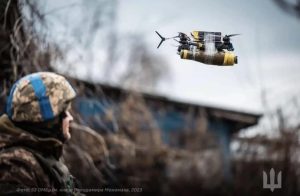


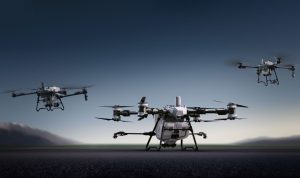

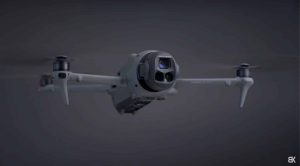
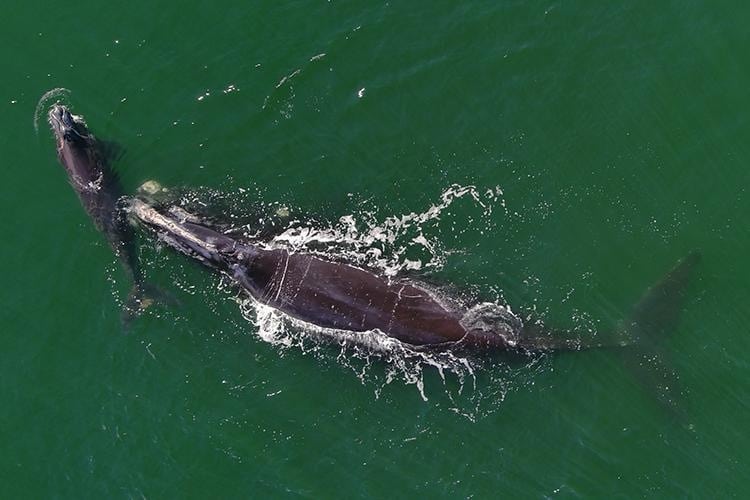






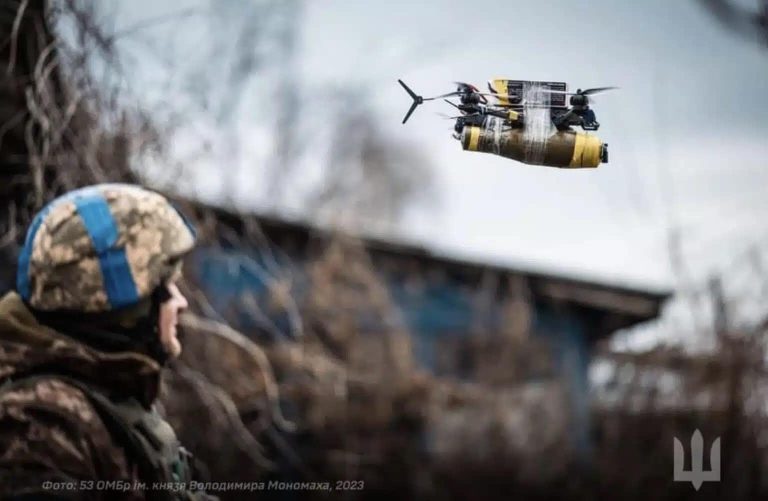



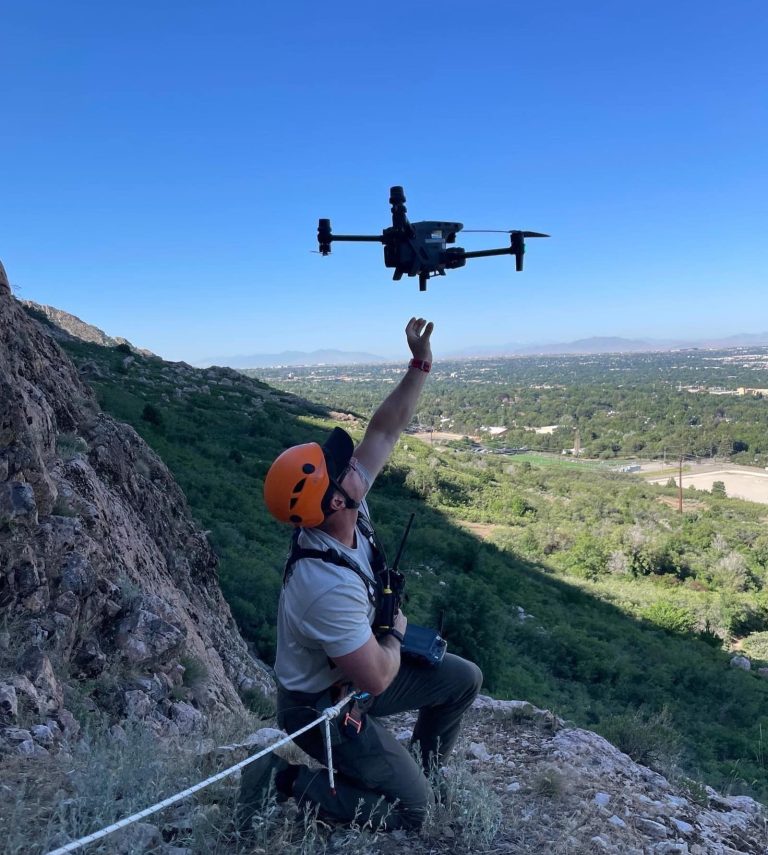
+ There are no comments
Add yours